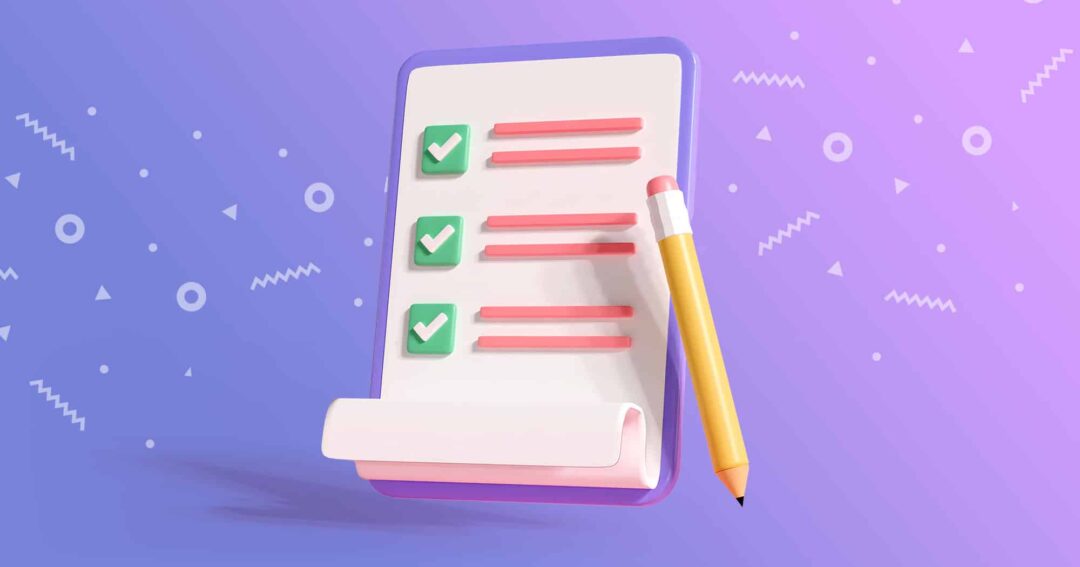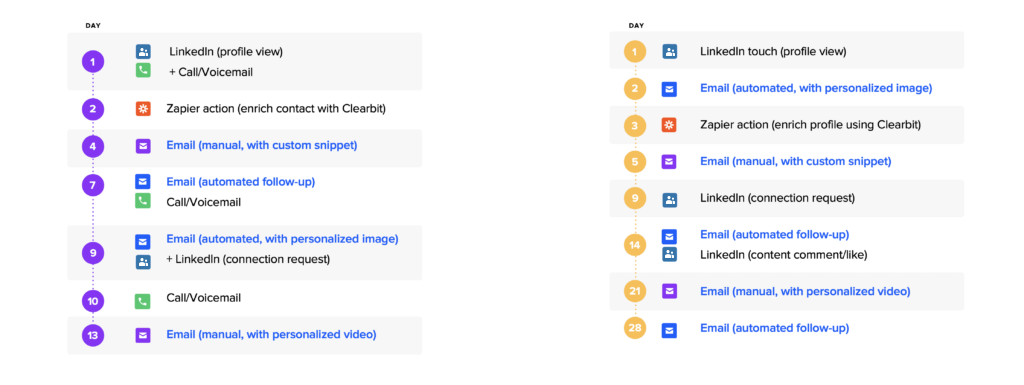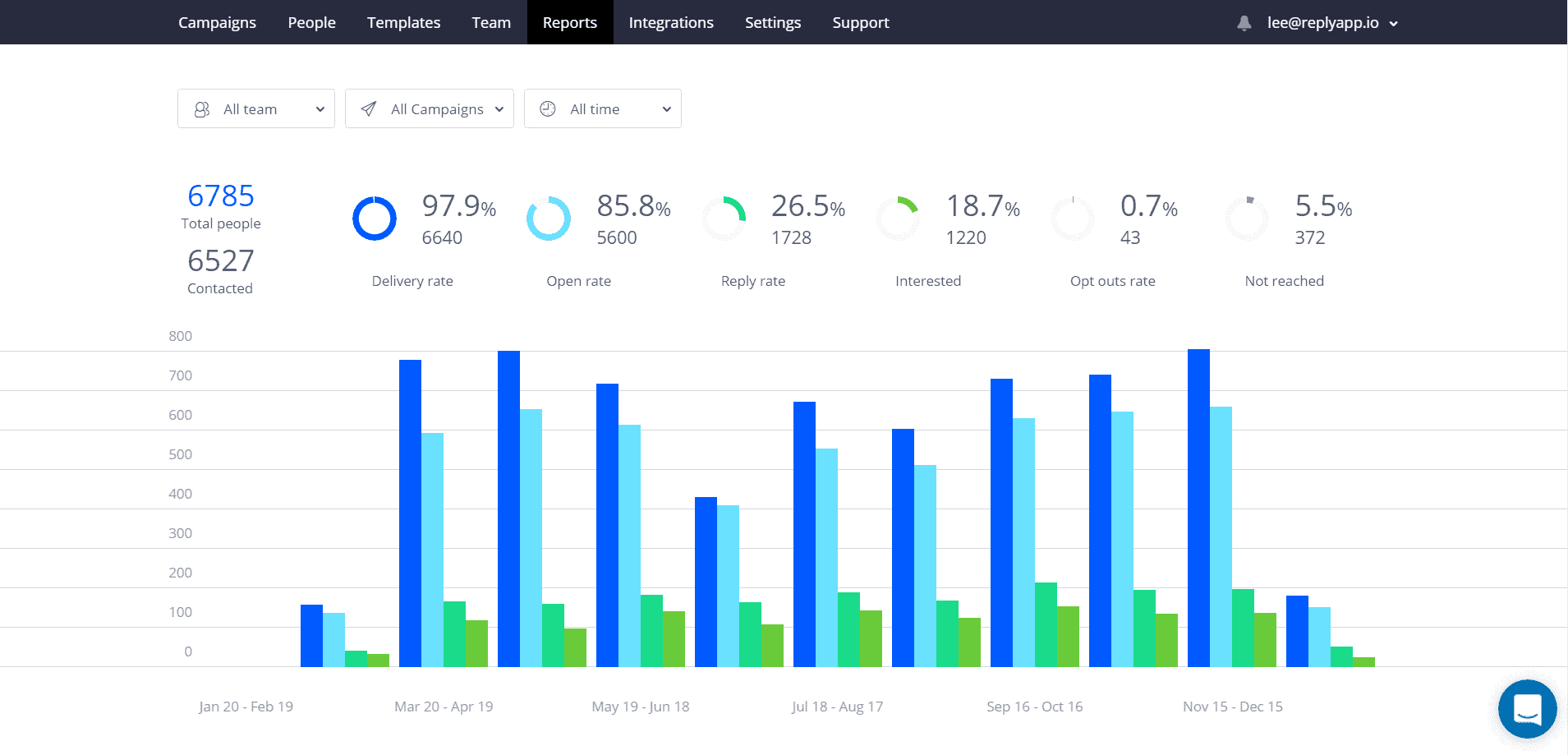Cold outreach has long been the bread and butter for many lead generation agencies. Correctly used, this tactic can offer a consistent and reliable source of warm, qualified leads to deliver to your customers.
Whether you’re only planning to implement cold outreach for your agency or feel like your campaigns are not reaching their full potential, it’s a good idea to learn from your peers who have aced it.
This post, part of the series featuring first-hand experience of our trusted partners, will give you a peek behind the curtain of planning and running cold outreach as an agency.
Getting started: Frequent cold outreach mistakes to avoid
Before we get down to business and consider the key steps for setting up your cold outreach campaign, let’s talk about the common pitfalls most agencies face in the process (or suffer from afterward).
So we asked our first expert, Suren Arora, to share his list of cold emailing don’ts.
“These are some of the common mistakes I see people make while setting up their campaigns:
- Not reviewing emails for spelling and other grammatical errors, placeholder/variable settings before sending them.
- Sending emails too frequently, not spacing them out far enough.
- Sending too many emails in a day.
- Sending the same generic messaging to a large audience (lack of personalization).
- Reaching out to too many prospects from the same company (if you must do this, do not reach out to more than 2 or 3 people from an organization per day).
- Using too many links in your email.
- Using too heavy or too many images in your outreach emails.
- Using uncommon/spammy TLDs (domain extensions).
- Being too salesy with emails, and only highlighting your product or service rather than focusing on relationship building, relevance, and explaining how you can help solve a prospect’s actual problem.
- Not considering mobile users while drafting your emails. Use short paragraphs, email copy, and subject lines. Longer subject lines get trimmed off on mobile devices and longer emails are hard to skim/scan. Mobile user attention spans are especially short.
- Not A/B testing subject lines, and body copy, and optimizing accordingly them based on your target audience.
- Not following up with your prospects. People are often not immediately interested, making it necessary to follow up to get them on a call).
- Relying on data from untrusted sources – data even from trusted sources like ZoomInfo and Apollo may not be up to date at times. So be sure to use a quality email validation service to verify the email address and clean up any bits of information about the prospects that will be used in outreach. Clean data is immensely valuable as you can reuse it time and again – of course after doing a thorough QA and reverifying the validity of the data.
- Not blacklisting the companies that you have already booked a call with.
- Not being creative with their outreach. Including elements like personalized videos and images help boost engagement and tend to generate more engagement then generic, text-based emails.
- Including a shortened link in your emails like the ones from bit.ly, which are considered spammy.
- Ramping up the sending volume too fast and not using warmup for the sending domains.”
Suren Arora
Technical Director, SSC Digital
With this in mind, you can plan your campaigns to avoid falling into the common traps, starting with deliverability.










